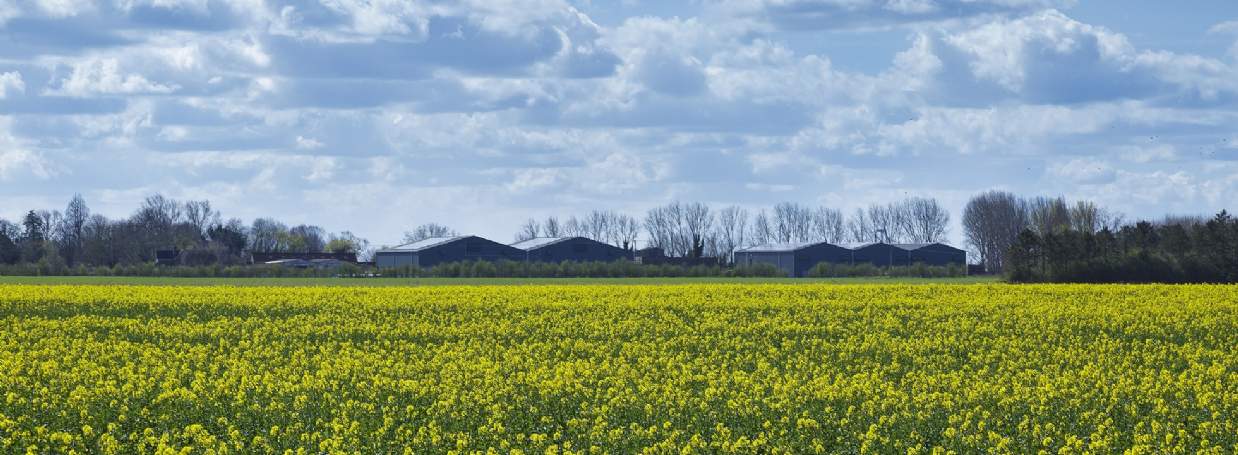The Basic Payment Scheme (BPS) has provided a vital financial safety net for farmers since 2015. As that level of support continues to be reduced – before being completely phased out by 2028 – farms are having to find other sources of income or ways to reduce costs.
But while the loss of BPS may pose challenges, it also presents opportunities for farmers to re-evaluate, adapt and innovate.
By combining various strategies tailored to their specific circumstances, there are several ways farmers and landowners can navigate the transition, ensuring the sustainability of their operations, securing their financial future and supporting their livelihoods.
1. Efficiency, innovation and cost reduction
Optimising operational efficiency is one way to offset the BPS reduction. Embracing technology, streamlining processes and improving resource management can significantly reduce costs. A full review of your current farming enterprise can identify how to improve efficiency and unlock significant savings. Using shared farming or Contract Farming Agreements (CFAs) can also provide access to contractors with the latest technology which can reduce the capital burden on the farming business, while at the same time achieving stability in sales and income.
2. Value addition and market strategies
Adding value to products by processing or packaging them differently can open doors to higher-value markets. Additionally, exploring new business lines, such as exports or niche local markets, can diversify revenue sources and reduce the risk of exposure.
3. Diversification beyond traditional revenue streams
Relying solely on one source of income, especially in agriculture, can be a potential risk. Exploring other revenue streams such as agritourism, farm shops, specialist crops, or educational programmes can create additional income.
4. Public funding
Grants and subsidies available outside of BPS can also provide extra income. The Environmental Land Management scheme (ELMs) rewards conservation efforts through The Sustainable Farming Incentive (SFI) and Countryside Stewardship, while financial support is also available in various guises for woodland creation. Countryside Stewardship Capital Grants can be claimed for works including fencing, hedging, metalled tracks and spray washdown areas, while the Farming Investment Fund offers grants of up to £500,000 for everything from water management and slurry infrastructure to improving productivity and innovation.
5. Private funding
Whether selling Biodiversity Net Gain units to developers to mitigate environmental impact, or helping firms meet sustainability goals through utilising natural capital, there are now several potential revenue streams for rural businesses from private finance. While still a relatively new and emerging market, many farms have been exploring the idea of creating farming cluster groups to provide nature-based solutions at scale to the private sector, reducing the commitment required from any individual landowner.
Clearly, what works for one farm may not suit another, so exploring a mix of strategies and adapting them to individual needs is crucial for success. Savills is still offering free business advice through the Future Farm Resilience Fund throughout 2024 to help businesses with the transition to the post-BPS era.
Further information
Contact Matt Riddington

.jpg)

.jpg)
.jpg)
.jpg)




